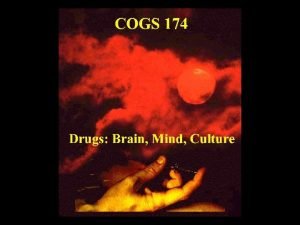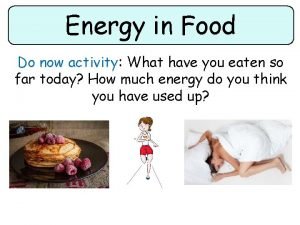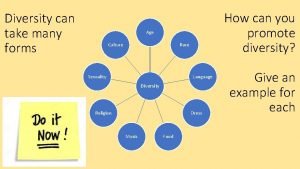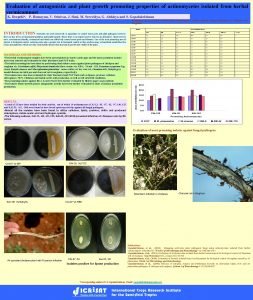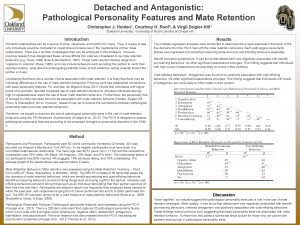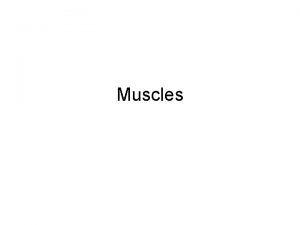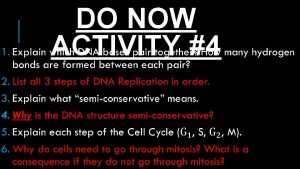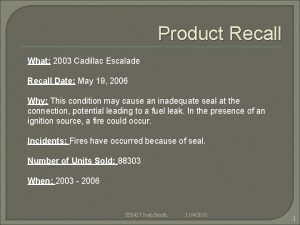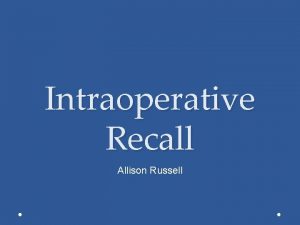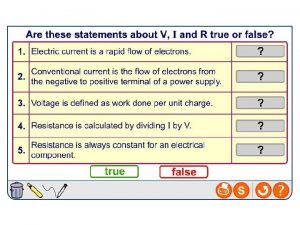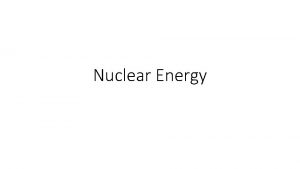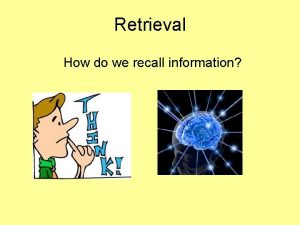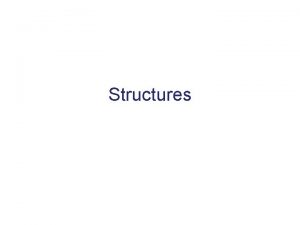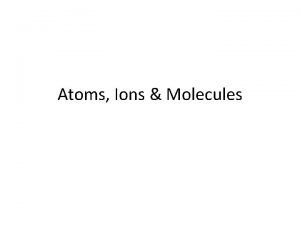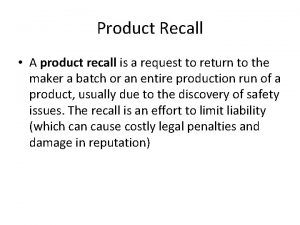DO NOW ACTIVITY 1 a recall the antagonistic


























- Slides: 26

DO NOW ACTIVITY: 1 a recall the antagonistic pair of the upper 2. Name three muscle classifications. Extension) explain each leg? Extension) Explain 3. What muscles of can you remember? 4. What joint is in the wrist? What movement occurs at the wrist? Extension) name all the synovial joints Challenge: What movement does each of the muscles named above produce (write next to the muscle identified

GCSE PE YEAR 10: Overview WEEK THEORY CONTENT WEEK 1 3. 1. 1 Definitions of fitness, health, exercise and performance and the relationship between them 3. 2. 1 Components of fitness and the relative importance of these components in physical activity and sport: cardiovascular fitness (aerobic endurance), strength, muscular endurance, flexibility, body composition, agility, balance, coordination, power, reaction time, and speed 3. 2. 2 Fitness tests: the value of fitness testing, the purpose of specific fitness tests, the test protocols, the selection of the appropriate fitness test for components of fitness and the rationale for selection 3. 2. 3 Collection and interpretation of data from fitness test results and analysis and evaluation of these against normative data tables 3. 2. 4 Fitness tests for specific components of fitness: cardiovascular fitness – Cooper 12 minute tests (run, swim), Harvard Step Test, strength – grip dynamometer, muscular endurance – one-minute sit-up, one-minute press-up, speed – 30 m sprint, power – vertical jump, flexibility – sit and reach 5 2 3. 2. 5 How fitness is improved – see section 3. 3. 1– 3. 3. 3. 1 Planning training using the principles of training: individual needs, specificity, progressive overload, FITT (frequency, Intensity, time, type), overtraining, reversibility, thresholds of training (aerobic target zone: 60– 80% and anaerobic target 3. 6. 1 The purpose and importance of warm-ups and cool downs to effective training sessions and physical activity and sport 2. 2. 1 Movement patterns using body planes and axes: sagittal, frontal and transverse plane and frontal, sagittal, vertical axes applied to physical activities and sporting actions 2. 2. 2 Movement in the sagittal plane about the frontal axis when performing front and back tucked or piked somersaults 2. 2. 3 Movement in the frontal plane about the sagittal axis when performing cartwheels 2. 2. 4 Movement in the transverse plane about the vertical axis when performing a full twist jump in trampolining 6 Revision 3. 3. 2 Factors to consider when deciding the most appropriate training methods and training intensities for different physical activities and sports (fitness/sport requirements, facilities available, current level of fitness) 3. 3. 3 The use of different training methods for specific components of fitness, physical activity and sport: continuous, Fartlek, circuit, interval, plyometrics, weight/resistance. Fitness classes for specific components of fitness, physical activity and sport (body pump, aerobics, Pilates, yoga, spinning). The advantages and disadvantages of different training methods Next lesson 3 4 3. 4 The long-term effects of exercise 1. 4 The short- and long term effects of exercise 3. 5. 1 The use of a PARQ to assess personal readiness for training and recommendations for amendment to training based on PARQ 3. 5. 2 Injury prevention through: correct application of the principles of training to avoid overuse injuries; correct application and adherence to the rules of an activity during play/participation; use of appropriate protective clothing and equipment; checking of equipment and facilities before use, all as applied to a range of physical activities and sports 3. 5. 3 Injuries that can occur in physical activity and sport: concussion, fractures, dislocation, sprain, torn cartilage and soft tissue injury (strain, tennis elbow, golfers elbow, abrasions) 3. 5. 4 RICE (rest, ice, compression, elevation) 3. 5. 5 Performance-enhancing drugs (PEDs) and their positive and negative effects on sporting performance and performer lifestyle, including anabolic steroids, beta blockers, diuretics, narcotic analgesics, peptide hormones (erythropoietin (EPO), growth hormones (GH)), stimulants, blood doping THEORY CONTENT 2. 1. 1 First, second and third class levers and their use in physical activity and sport 2. 1. 2 Mechanical advantage and disadvantage (in relation to loads, efforts and range of movement) of the body’s lever systems and the impact on sporting performance Revision 7 Exam recap 8 Gf. G GFG

Injuries & Treatment Good Progress Outstanding Progress 3 -5 TBAT STATE some key injuries To begin to explain some key injuries. 6 -9 To begin to explain injuries and how to deal with them To begin to describe injuries and how to deal with them

SPORTS Using a WHOLE page. Write a big tile to stand out (like the examples!) You will go through each injury you need to know…

Fractures • • Simple (closed) All happens under the skin. Stress Continuous stress over long periods results in small cracks in a bone, not sudden stress • Compound (open) • The broken end of the bones comes through the skin. Risk of infection! • Green stick (young) • Pressure or impact bends a bone but only partly breaks

SPORTS • Fractures = bones Simple – under the skin Compound fractures – skin is torn and bone pokes out Green Stick – happens in young or soft bones Stress fracture - small crack from overuse good: Name a place where this could happen outstanding: Give a sporting Example when this will happen

Concussion • Concussion is a mild brain injury caused by a blow to the head • Symptoms are disorientation, memory loss and possibly loss of concentration. good: Name 4 sport where this could happen outstanding: Give a sporting Example when this will happen

SPORTS • Fractures = Simple – under the skin Compound fractures – skin is torn and bones bone pokes out Green Stick – happens in young or soft bones Stress fracture - small crack from overuse Brain injury good: Name a place where this could happen outstanding: Give a sporting Example when this will happen

Dislocation • The bone is pulled out of its normal position good: Name a place where this could happen outstanding: Give a sporting Example when this will happen

SPORTS • Fractures = Simple – under the skin Compound fractures – skin is torn and bones bone pokes out Green Stick – happens in young or soft bones Stress fracture - small crack from overuse Brain injury Joint injury – (Joint comes out of its position) good: Name a place where this could happen outstanding: Give a sporting Example when this will happen

Sprains • Sprains - when ligaments are overstretched or torn around a joint, eg twisted or sprained ankle. good: Name a place where this could happen outstanding: Give a sporting Example when this will happen

SPORTS • Fractures = bones Simple – under the skin Compound fractures – skin is torn and bone pokes out Green Stick – happens in young or soft bones Stress fracture - small crack from overuse Brain injury Joint injury • Sprain = Ligament injury good: Name a place where this could happen outstanding: Give a sporting Example when this will happen

good: Name a place where this could happen outstanding: Give a sporting Example when this will happen Torn Cartilage • Torn Cartilage - cartilage within the knee is most commonly injured. This happens through violent twisting or impacts which force the knee out of line.

SPORTS • Fractures = bones Simple – under the skin Compound fractures – skin is torn and bone pokes out Green Stick – happens in young or soft bones Stress fracture - small crack from overuse Brain injury Joint injury • Sprain = Ligament injury • Torn cartilage = Cartilage injury • Soft tissue injuries = 1. 2. 3. 4.

Strains • Strains - when a muscle or tendon is overstretched or torn, eg pulled muscle.

Tennis Elbow • Tennis Elbow - damage to tendons caused by overuse. It is a condition that causes pain around the outside of the elbow

Golf Elbow • Golf Elbow - damage to tendons caused by overuse. It is a condition that causes pain around the inside of the elbow

Abrasions • Grazes, blisters and chafing are all types of abrasions • They break the skin and cause bleeding • Cuts also break the skin

SPORTS good: Name a place where this could happen outstanding: Give a sporting Example when this will happen • Fractures = bones Simple – under the skin Compound fractures – skin is torn and bone pokes out Green Stick – happens in young or soft bones Stress fracture - small crack from overuse Brain injury Joint injury • Sprain = Ligament injury • Torn cartilage = Cartilage injury • Soft tissue injuries = Strain Tennis elbow Golfers elbow Abrasions Muscles Overuse and no rest Cuts, blisters, chafing

Copy at the bottom of your page Dealing with soft tissue Sports Injuries R Rest – STOP immediate I Ice – apply ice, make the blood vessels contract to reduce the internal bleeding and swelling C Compression – bandaging the injury to reduce the swelling. E Elevationsupport the limb and raise it above the heart. To restrict the flow

HOME LEARNING TIME… (YOU ARE WELCOME) See next slide

Chloe wants to increase her fitness for netball. Her teacher suggests circuit training would be an appropriate method to use. Justify why this is an appropriate method of training and describe how you can plan for the principles of training over a 6 week plan ___ /9

Answers

1 recall the antagonistic pair of the upper leg? Hamstring/quadriceps 3. What muscles of can you remember? 2. Name three muscle types. Cardiac muscle forms the heart, highly resistant to fatigue due to the high levels of mitochondria. Involuntary muscle in blood vessels, found in our internal organs, not under our conscious control. Sometimes known as smooth muscle, they don’t move when we want them too. Voluntary muscle under our control, we can move these when we want to, these are the muscle of the skeletal system, they are striated in appearance. 4. What joint is in the wrist? Condyloid Deltoid Triceps What movement occurs at the wrist? Trapezius Gluteus Maximus Latissimus dorsi gastrocnemius Flexion/extension Adduction/abduction circumduction

Mark Scheme

Connect • Identify what circuit training is • Identify all the Principles of training Identify advantages and disadvantages of circuit training and justify other training principles a that would help in netball Challenge List all the methods of training with a simple definition of each Explain 4 stations you would use to improve Netball and how you would increase Progressive overload over the 6 weeks
 Difference between zero and first order kinetics
Difference between zero and first order kinetics Oxication
Oxication Now i see it now you don't
Now i see it now you don't Do it now activity
Do it now activity Now group these activity into indoor and outdoor activities
Now group these activity into indoor and outdoor activities Do now activity examples
Do now activity examples Do now activity examples
Do now activity examples What is a do now activity
What is a do now activity điện thế nghỉ
điện thế nghỉ Hát lên người ơi
Hát lên người ơi Một số thể thơ truyền thống
Một số thể thơ truyền thống Trời xanh đây là của chúng ta thể thơ
Trời xanh đây là của chúng ta thể thơ Thế nào là số nguyên tố
Thế nào là số nguyên tố Tỉ lệ cơ thể trẻ em
Tỉ lệ cơ thể trẻ em Fecboak
Fecboak Các châu lục và đại dương trên thế giới
Các châu lục và đại dương trên thế giới Thế nào là hệ số cao nhất
Thế nào là hệ số cao nhất ưu thế lai là gì
ưu thế lai là gì Sơ đồ cơ thể người
Sơ đồ cơ thể người Tư thế ngồi viết
Tư thế ngồi viết Hình ảnh bộ gõ cơ thể búng tay
Hình ảnh bộ gõ cơ thể búng tay đặc điểm cơ thể của người tối cổ
đặc điểm cơ thể của người tối cổ Cái miệng nó xinh thế chỉ nói điều hay thôi
Cái miệng nó xinh thế chỉ nói điều hay thôi Mật thư anh em như thể tay chân
Mật thư anh em như thể tay chân Tư thế ngồi viết
Tư thế ngồi viết Voi kéo gỗ như thế nào
Voi kéo gỗ như thế nào Thẻ vin
Thẻ vin
